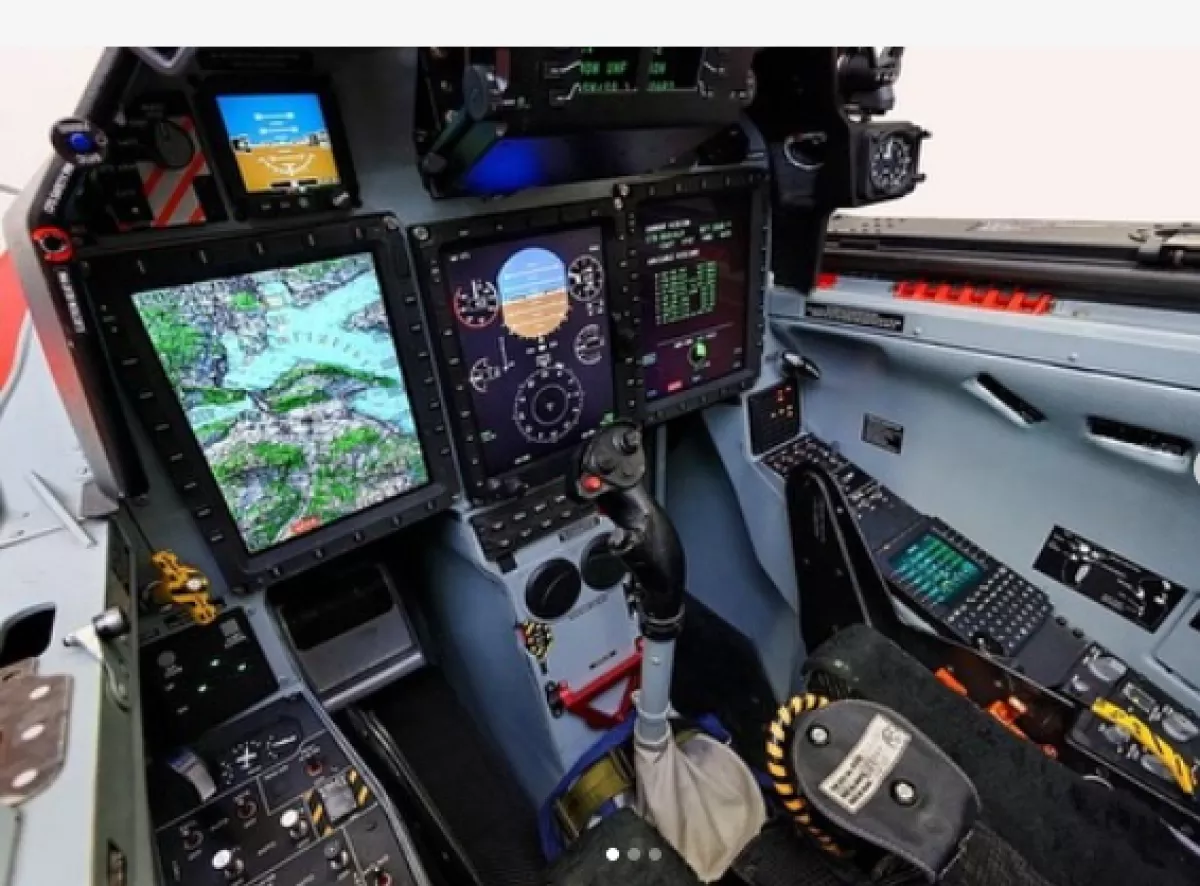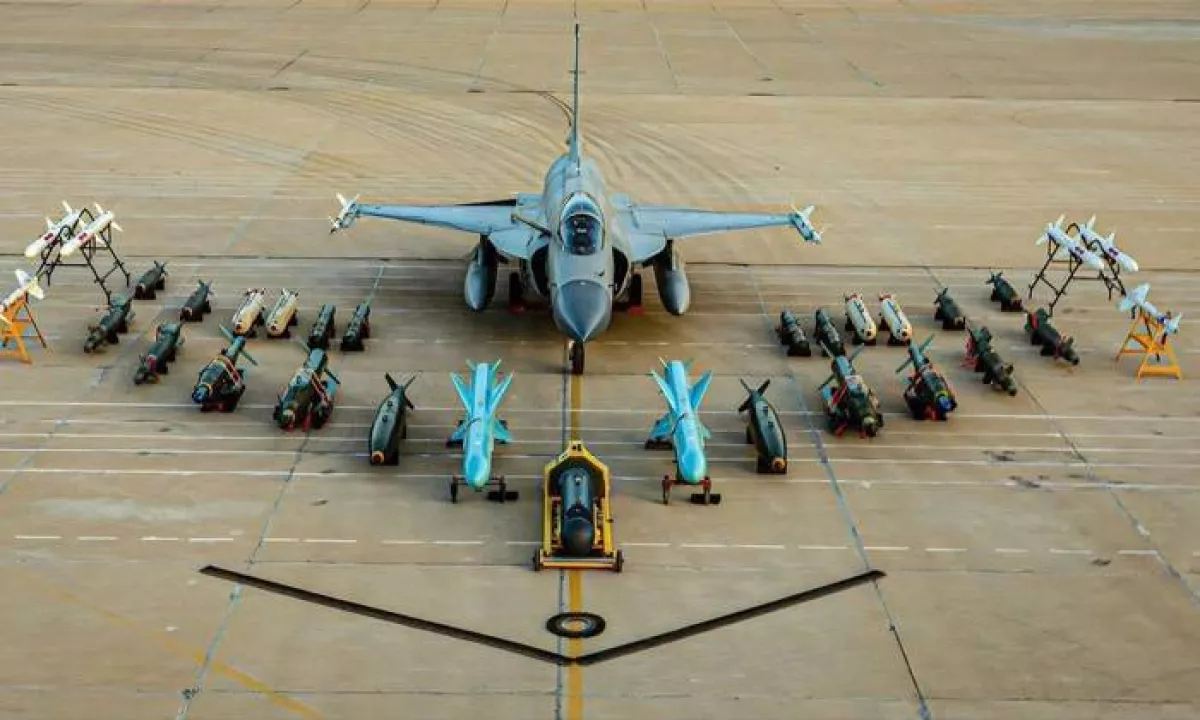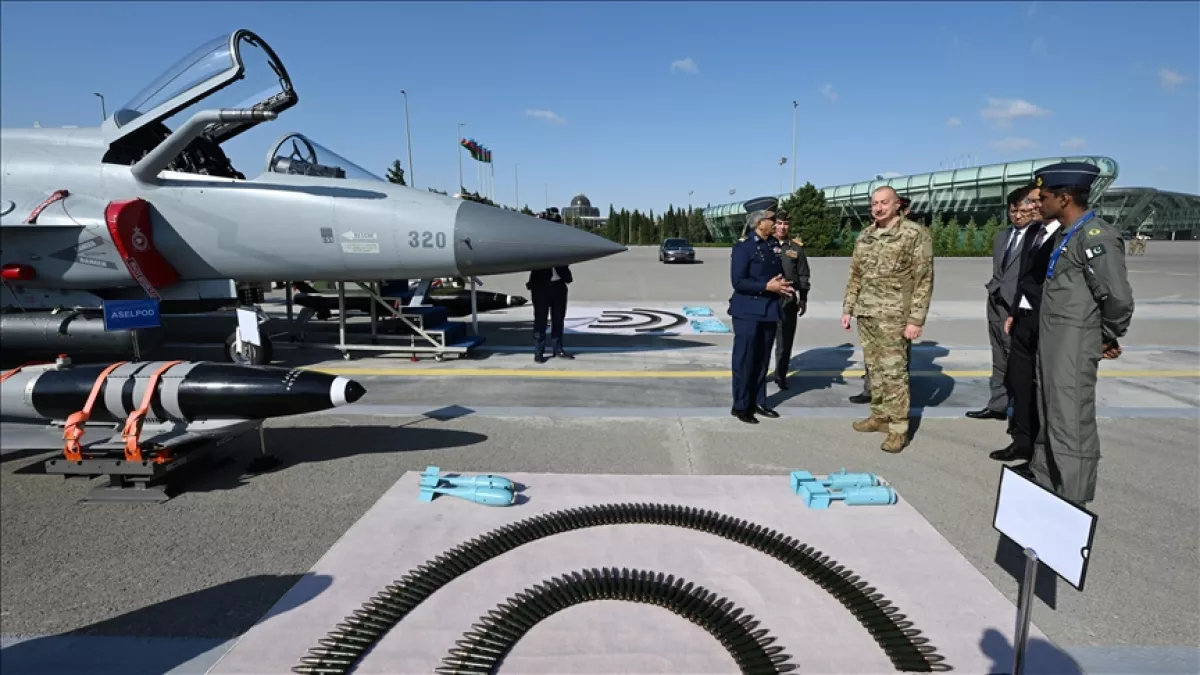Pakistani JF-17 Block III fighter debuts in Europe PHOTO
The Pakistani JF-17 Block III stood out as a rare and impressive exhibit at the Royal International Air Tattoo 2025 (RIAT 2025), held at the Royal Air Force base in Fairford, Gloucestershire, UK.
According to Army Recognition, this marked the aircraft’s first static display in Europe and underscored its growing export appeal.
The JF-17C Block III, also known as the JF-17 Thunder Block III, is the most advanced variant of the lightweight multirole fighter jointly developed by the Pakistan Aeronautical Complex (PAC) and China’s Chengdu Aircraft Corporation. It is not only a cost-effective fighter jet but also a genuinely competitive 4.5-generation combat platform. The “C” designation reflects its export-focused nature, featuring system customisation, modular integration, and upgraded avionics—bringing its capabilities closer to modern fighters like the F-16V and even the Chinese J-10C.
Among its most notable upgrades is the installation of the Chinese KLJ-7A active electronically scanned array (AESA) radar, fitted for the first time on Pakistani fighters. This AESA system significantly improves target tracking, resistance to jamming, and the ability to engage multiple targets simultaneously, allowing pilots to detect and lock onto several threats with greater precision and reliability.
The cockpit features a wide-angle heads-up display, full digital fly-by-wire controls, a new helmet-mounted display and sight (HMD/S), and an upgraded electronic warfare suite, enhancing survivability in contested airspace. The aircraft is powered by the RD-93MA engine, delivering improved thrust and reliability.

Weapon integration is also a key component of the JF-17C Block III’s capabilities. The aircraft on display at RIAT 2025 showcased Chinese PL-10 short-range infrared-guided air-to-air missiles on wingtip launchers, capable of high off-boresight targeting thanks to the HMD/S system. It was also equipped with long-range PL-15E beyond-visual-range (BVR) missiles, a crucial element of China’s next-generation air combat doctrine.

Equally notable is the AESA radar’s ability to detect and track multiple targets, enabling precise strikes with both air-to-air and air-to-surface munitions even in dense electronic warfare environments. The Block III’s avionics suite also includes electronic countermeasures, a data link, and an infrared sensor—together enhancing situational awareness and survivability.

In terms of exports, the JF-17 Block III is already enjoying significant success. Azerbaijan has signed a landmark $4.6 billion deal for the purchase of 40 aircraft, marking the largest known export contract for Pakistan’s aviation industry to date.
By Vugar Khalilov








